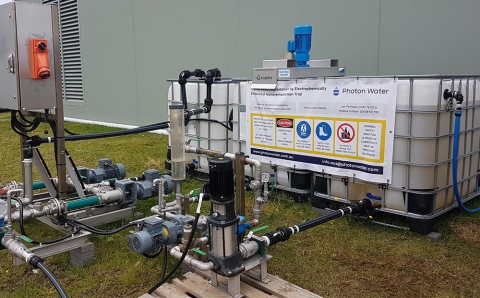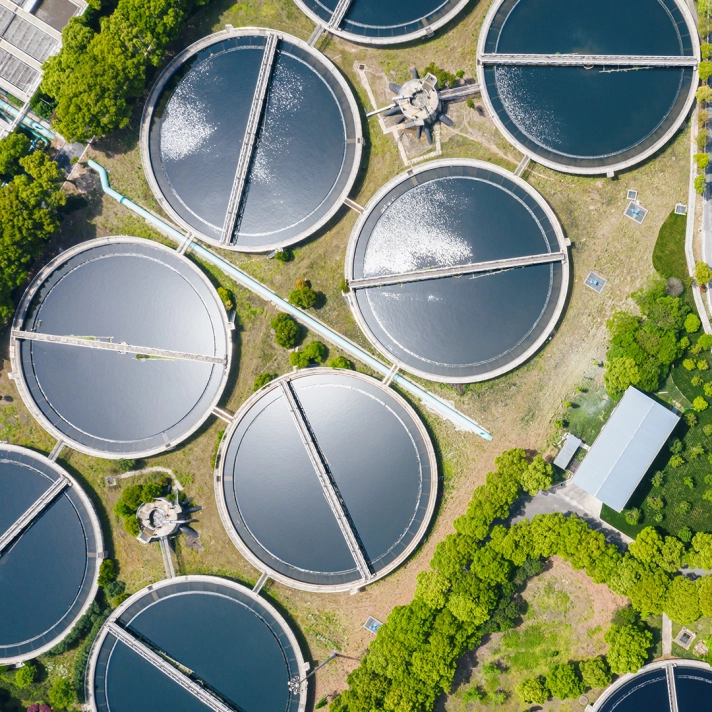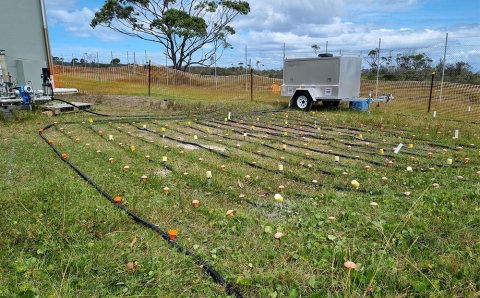PFAS are characterised by the presence of fluorinated carbon chains. There are numerous types of PFAS, each with its own chemical structure and properties. Some common types of PFAS include:
Perfluorooctanoic acid (PFOA)
PFOA is a long-chain PFAS that has been used in the production of non-stick cookware, stain-resistant fabrics, and other consumer products. It has been associated with various health concerns and is subject to regulatory scrutiny and phase-out measures.
Perfluorooctanesulfonic acid (PFOS)
PFOS is another long-chain PFAS that has been used in a variety of industrial and consumer applications, including firefighting foams, food packaging, and stain-resistant coatings. Like PFOA, PFOS is persistent in the environment and can accumulate in organisms.
Perfluorohexanesulfonic acid (PFHxS)
PFHxS is a shorter-chain PFAS that has been used in similar applications as PFOS. It is also persistent and bioaccumulative, posing potential health and environmental risks.
Perfluorobutanesulfonic acid (PFBS)
PFBS is a shorter-chain PFAS that has been used as a replacement for longer-chain compounds like PFOS and PFOA in certain applications. While it is less persistent in the environment compared to its longer-chain counterparts, PFBS still poses environmental and health concerns.
Perfluorodecanoic acid (PFDA)
PFDA is a long-chain PFAS that has been used in various industrial applications, including as a surfactant and in the production of polymers. It is persistent and can bioaccumulate in organisms.
These are just a few examples of the many types of PFAS that have been synthesised and used in commercial products and industrial processes. Due to their persistence, bioaccumulative nature, and potential health effects, there is growing concern and regulatory attention surrounding the use and environmental presence of PFAS.












